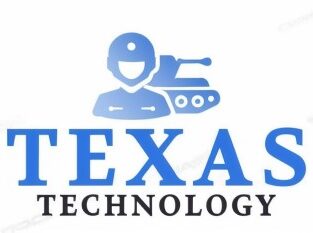Implementing Basic Technology Protocols and Policies: A Guide for Modern Organizations

In the fast-paced world of technology, organizations face numerous challenges in managing their digital infrastructure. To navigate this complex landscape, it’s essential to establish clear technology protocols and policies. This blog outlines a basic framework for such protocols, emphasizing the necessity of these guidelines in ensuring efficient, secure, and responsible use of technology.
Understanding the Importance of Technology Protocols and Policies

Technology protocols and policies provide a roadmap for the proper use of technology within an organization. They help in:
- Ensuring Security: Protecting sensitive data and systems from unauthorized access and cyber threats.
- Promoting Efficiency: Streamlining technology use to enhance productivity and minimize waste.
- Regulating Compliance: Ensuring adherence to legal standards and industry regulations.
- Guiding Behavior: Setting clear expectations for the responsible use of technology by employees.
Key Elements of a Basic Technology Protocol
1. Acceptable Use Policy (AUP)
- Definition: An AUP outlines what is considered acceptable and unacceptable use of the organization’s technology resources.
- Purpose: To protect the organization from risks caused by misuse and to ensure that technology resources are used for their intended purpose.
2. Security Protocols
- Data Protection: Implement encryption, firewalls, and secure password policies.
- Regular Updates: Ensure all software and hardware are regularly updated to protect against vulnerabilities.
- Access Control: Restrict access to sensitive information and systems to authorized personnel only.
3. Disaster Recovery and Backup Plans
- Regular Backups: Establish a routine for backing up critical data.
- Disaster Recovery: Develop a clear plan for restoring data and resuming operations in the event of a system failure or cyberattack.
4. Privacy Policy
- Data Privacy: Clearly define how customer and employee data will be collected, used, and protected.
- Compliance: Ensure policies align with privacy laws and regulations.
5. Employee Training and Awareness
- Training Programs: Conduct regular training sessions on the responsible use of technology, cybersecurity best practices, and awareness of emerging threats.
- Policy Updates: Keep employees informed about updates to technology protocols and policies.
Implementing and Enforcing the Protocols
- Clear Communication: Ensure that all employees understand the protocols and policies.
- Regular Reviews: Update policies periodically to reflect changing technology landscapes and regulatory requirements.
- Enforcement: Establish consequences for violations of technology protocols and policies.
Establishing basic technology protocols and policies is not just a bureaucratic exercise but a critical step in safeguarding an organization’s digital assets and reputation. By setting clear guidelines and expectations, organizations can not only protect themselves against a myriad of digital threats but also foster a culture of responsibility and efficiency in technology usage. Remember, in the realm of technology, preparation and prevention are key to enduring success.

Leave a Reply